Lisa Phillip
In 2018, we shared a story by the journalist and best-selling author Caitlin Moran about donating blood for the first time in almost 20 years. The scene she painted – one of “hot dust, floor polish and tea” and “love for someone you’ve never met” – resonated with many donors.
In fact, there were so many positive responses in the days and weeks that followed, and so many donors replied with wonderful and heart-warming stories of their own that we decided we ought to make it a regular feature – Humans of Blood Donation.
This is Lisa Phillip, whose daughter Miai has sickle cell disease
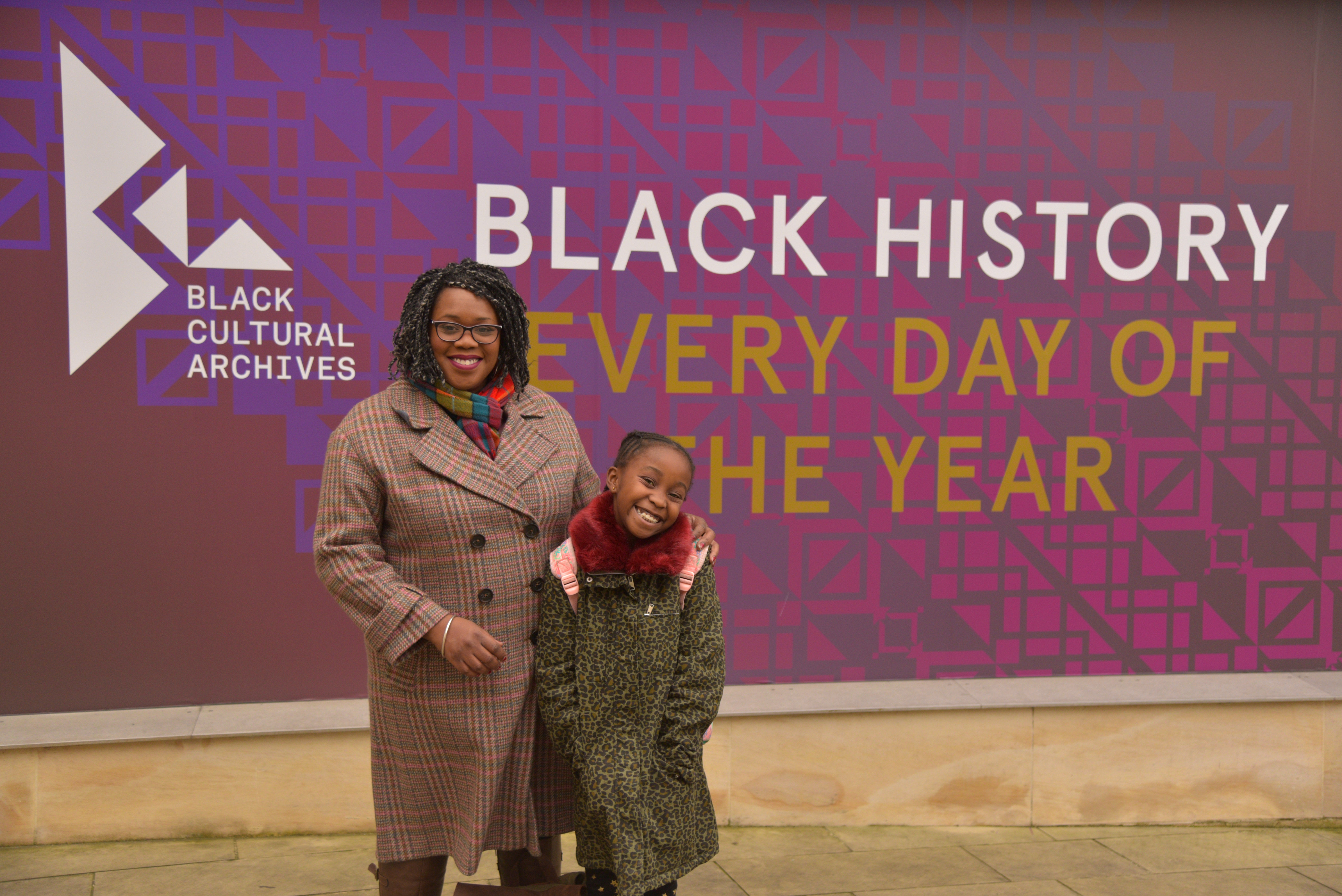
It’s October, the children are already approaching their first half term of the new academic year, the shops are gearing up for Christmas and it’s time for the annual Black History Month celebrations (#WAKANDAFOREVER).
Even though sickle cell is considered one of the world’s largest genetically inherited conditions it’s fair to say many are confused about the symptoms.
In the UK, for example, there are approximately 15,000 people living with full-blown sickle cell.
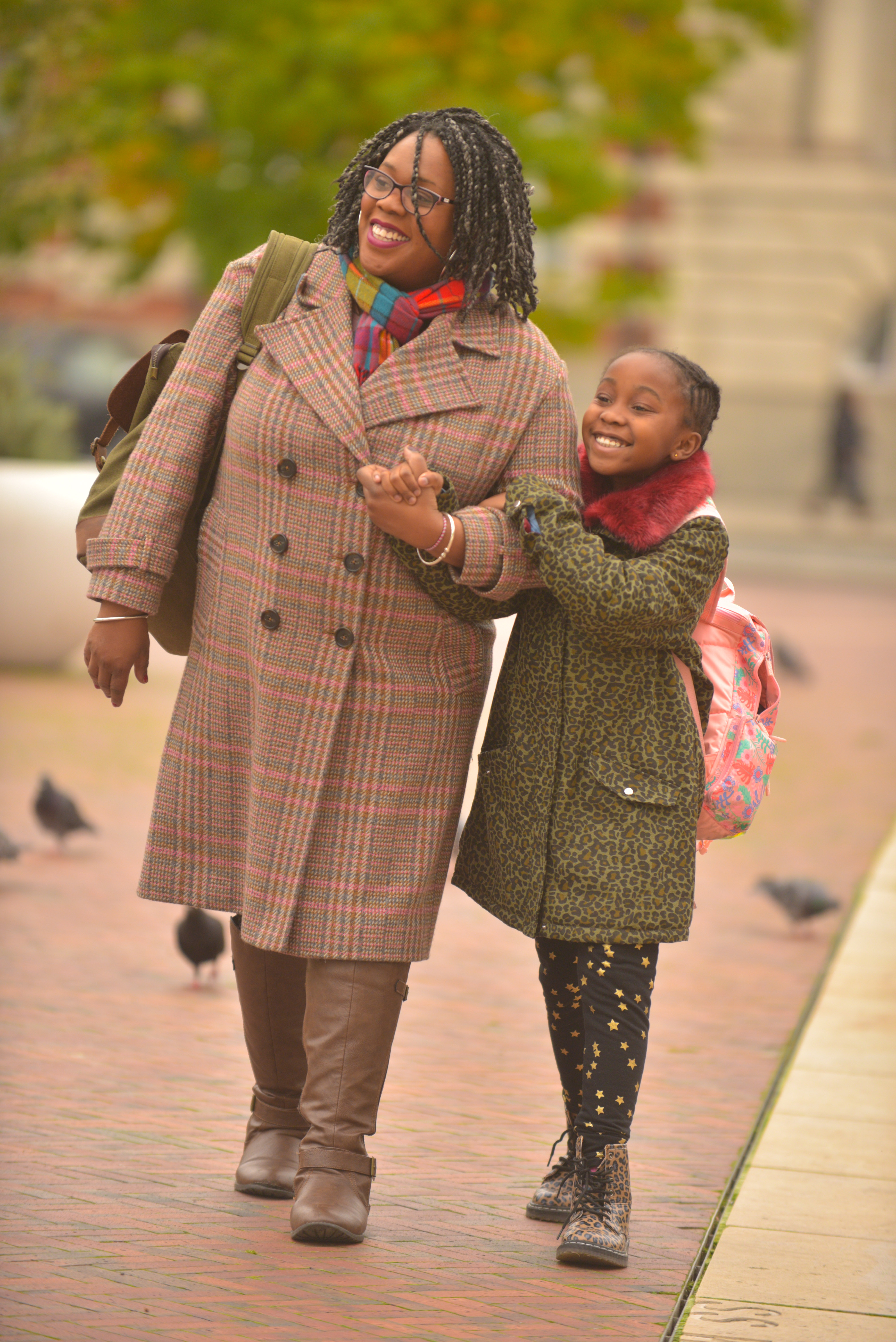 Unfortunately, it’s an illness that often falls under the radar because it predominantly affects the BME (Black and minority ethnic) community and does not always get the funding or generate the public interest that other conditions might garner.
Unfortunately, it’s an illness that often falls under the radar because it predominantly affects the BME (Black and minority ethnic) community and does not always get the funding or generate the public interest that other conditions might garner.
Sickle cell disease affects the shape and function of the red blood cells, resulting in crippling pain called a ‘crisis’ and chronic anaemia.
Organ failure, gall stones, acute chest syndrome, pulmonary hypertension, stroke, leg ulcers and eye damage are among many of the complications and in more serious cases it can prove fatal.
Sickle cell requires life-long treatment with medication and patients are encouraged to lead a healthy lifestyle, but there is no widely available cure. There has been some success with both bone marrow and stem cell transplants, though, and scientists are now looking into gene editing.
I found out I carried the sickle cell trait at 11 years old during a routine surgical procedure.
It didn’t seem serious as I was hardly contemplating motherhood, but fast forward 21 years and I’m rocking my baby bump, painting the spare room yellow and sounding out baby names. And when I finally got to hold my little girl, she was so beautiful I couldn’t put her down.
We named her Miai.
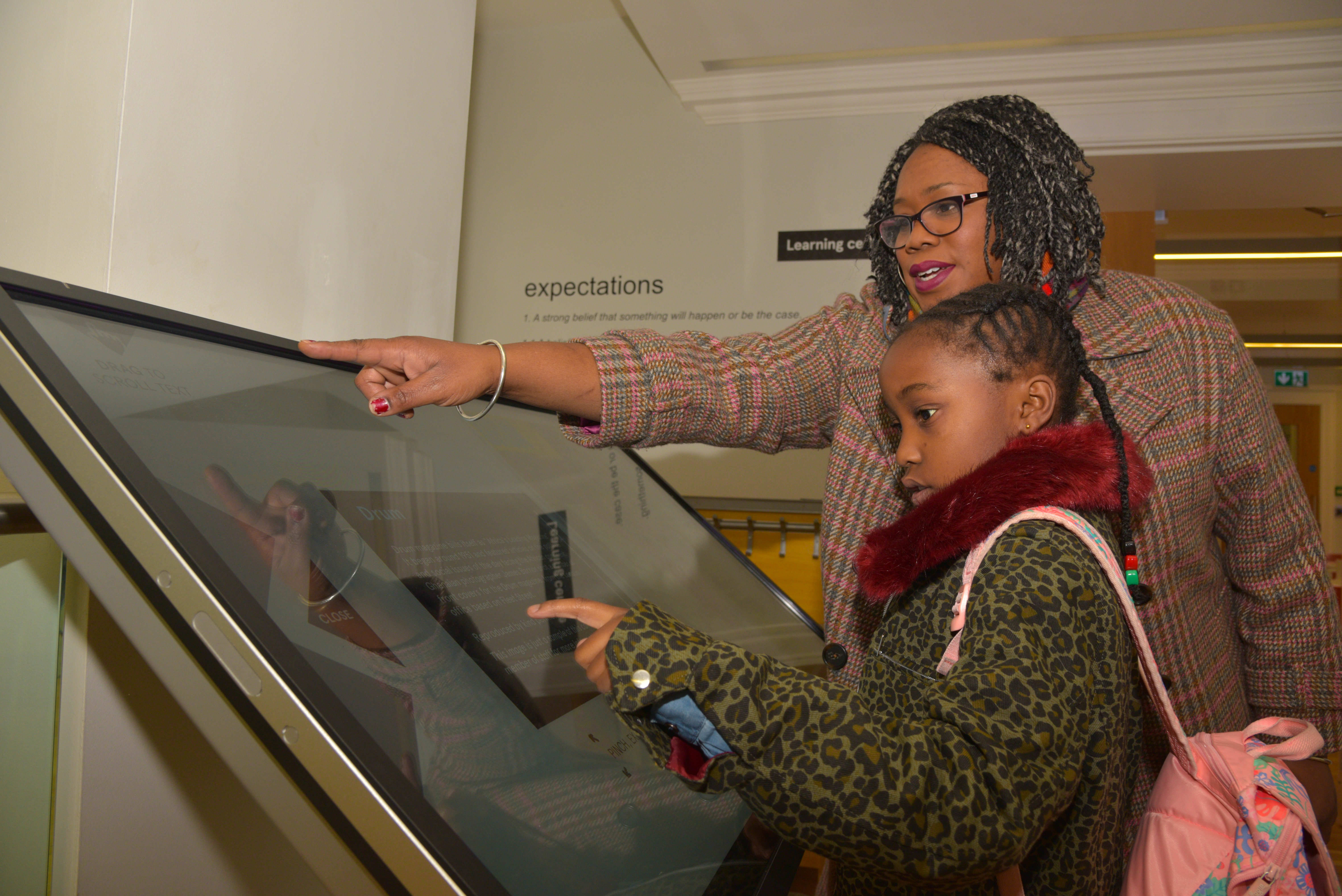
Her father and I were aware that being carriers of the sickle cell trait meant there was a one in four chance of our baby inheriting full-blown sickle cell but mistakenly thought the stats were in our favour. And they seemed to be until the results from the heel prick test revealed there was a problem. It was a sickle cell nurse who broke the news and I felt defeated.
There is a whirlwind of emotions that come with being a parent of a child with a chronic illness. From guilt to anger, hopelessness to fear.
Miai’s pain can start instantly – we can go from playing in the park to reaching for the ‘mobile’ pain medication (never leave home without them) in a heartbeat and reacting quickly can often quell a mini-crisis from escalating into a drawn-out hospital admission.
When I finally got to hold my little girl, she was so beautiful I couldn’t put her down
It’s a helpless feeling having to just trust that the medical team know what they are doing.
I’ve cradled my little girl while she whimpers, despite being hooked up to tubes pumping in maximum strength painkillers, oxygen, antibiotics and fluids. On many occasions real progress is only made when a blood transfusion is given.
Miai is now nine years old and has already had eight transfusions; every time I’ve witnessed the benefits first hand.
Before the donated blood she is usually quiet, withdrawn, and weak. Within the hour she starts to get her zany personality back. She’s much more energetic, cheeky and engages in banter with hospital staff.
I often need to nag her to keep the volume down because “there are sick children about!”.
I felt like I came full circle and I could finally return the favour to some stranger in need
Many people mistakenly believe all blood is the same and therefore it shouldn’t matter who donates it, but Miai’s blood type is B and this is more commonly found in black people. It is therefore very important we encourage the black community to please donate to ensure there is enough in supply to meet demand and help individuals like Miai on the road to recovery.
 It is one of the most rewarding things a human being can do and the actual whole blood collection only takes between five to ten minutes – a 'loo break' no less! But in that precious few minutes you can potentially help save the lives of three people in desperate need of blood and a second chance at life.
It is one of the most rewarding things a human being can do and the actual whole blood collection only takes between five to ten minutes – a 'loo break' no less! But in that precious few minutes you can potentially help save the lives of three people in desperate need of blood and a second chance at life.
My needle phobia and my false belief that carriers of the sickle cell trait couldn’t register stopped me for many years until August 2018 when I made my first donation.
I felt like I came full circle and I could finally return the favour to some stranger in need.
For those who can and are willing to donate blood, or if you’re a regular donor, please be reassured that each bag of blood gives hope not only to the patient receiving it but to their loved ones too. It’s an invaluable lifeline donated by real life super s/heros.
There are no capes, masks or high-tech getaway cars, just beautiful people with hearts of gold who selflessly give the gift of blood, hope and life to grateful beneficiaries.
Thank you just doesn’t seem to go far enough.
It’s because of blood donors Miai can lead a ‘normal’ life and there really is nothing that she cannot do. She has big dreams of being an actor, author, entrepreneur, dancer, illustrator and violinist (depending on what day you ask her) and has also made it her mission to spread more awareness about sickle cell anaemia too.
Her sheer resilience indicates she will achieve all those things and more but I’m just proud to be her mum.

Miai says:
The blood transfusion makes me feel so much better.
Before, I am miserable, tired, attached to wires and can’t get out of bed.
Afterwards, I am happy, alert and I can then take little strolls around the ward or visit the goldfish. When I have enough energy, I like to go to the playroom.
The blood transfusion really helps, it gives me energy and I feel so much stronger
I don’t even mind pulling the IV drip with its tangled wires and sometimes I go to the canteen with mum.
Donating blood can save lives so you should donate too. It only takes a few minutes and the nurses give you a biscuit afterwards, so if you’ve got a sweet tooth that alone makes it worth it.
Stand aside Super Girl, Spider Man and Black Panther, blood donors are the real life super heroes, saving three lives per donation!
Believe me, the blood transfusion really helps, it gives me energy and I feel so much stronger.
Without this donated blood, I probably wouldn’t be here today.
If you have a way with words and want to share your story – be it of your first donation or your five hundredth – then please email it to thedonor@nhsbt.nhs.uk, including your name and contact details.
We urgently need thousands more black donors as they are more likely to have the blood type needed to treat the increasing number of patients suffering from sickle cell disease. You can sign up as a blood donor today.
Book your appointment online
Book now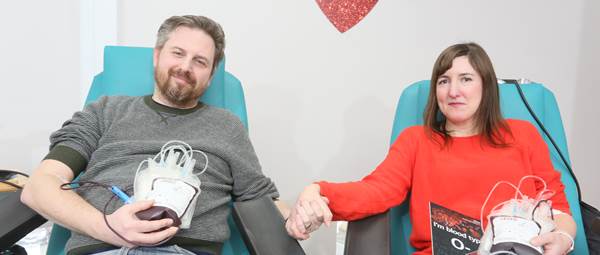
Other stories
Remarkable stories from the world of giving blood – be they from the research lab, the hospital bed, or the donor chair
Humans of Blood Donation
Amazing stories by our blood donors
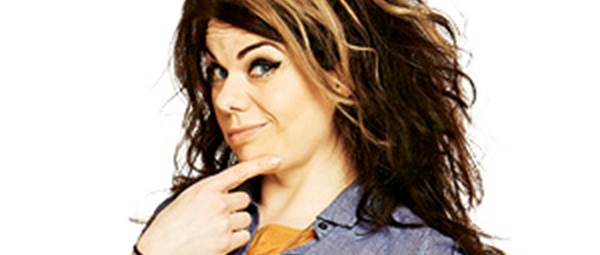
Caitlin Moran
"I haven't given blood for 18 years. First there were babies, then work and then I was drunk."
